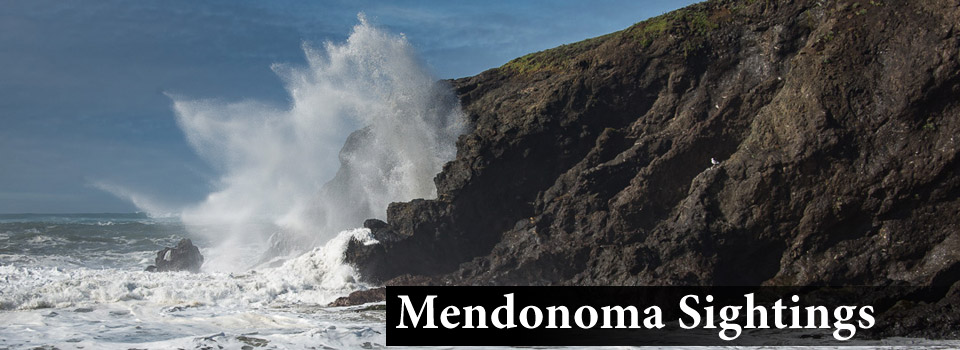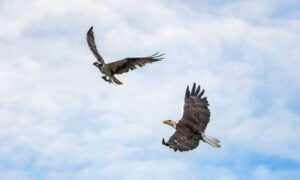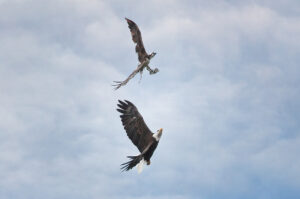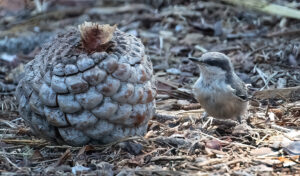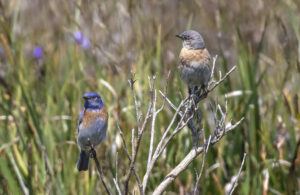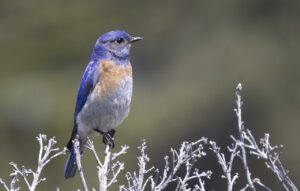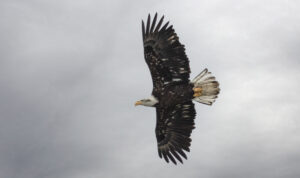First, here's a look at one of my favorite birds, photographed by Ron Bolander earlier this year.
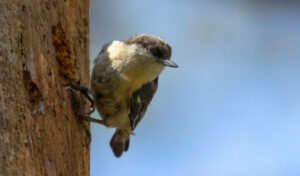
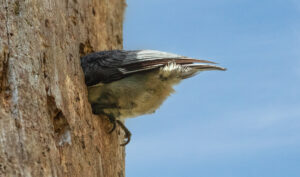
I had had two clutches of these small birds this year, and the second clutch fledged about two weeks ago. What I didn't know is the entire family comes back to the birdhouse and rests in there overnight, leaving just after dawn. Since the birdhouse is just outside our bedroom window, the sounds of their chirping wake me up. And then I get to see this magic happen! You'll want to count how many pop out.
IMG_0683
If you'd like to listen to these cute and vocal birds, here is a link to the Cornell Lab of Ornithology: https://www.allaboutbirds.org/guide/Pygmy_Nuthatch/sounds
I just learned this from that site: "They survive cold nights by sheltering themselves in tree cavities, huddling together, and letting their body temperature drop into hypothermia. They and the unrelated Vaux's Swift are the only bird species in North America that combine those three energy-saving mechanisms." Wow! Tree cavities or a nesting box outside the window.
Thanks to Ron for allowing me to share his photos with you here.
Foggy on the immediate coast, but warm a little ways inland. It's in the low 70's here in Anchor Bay today. Thank you, fog, for keeping us cool.
